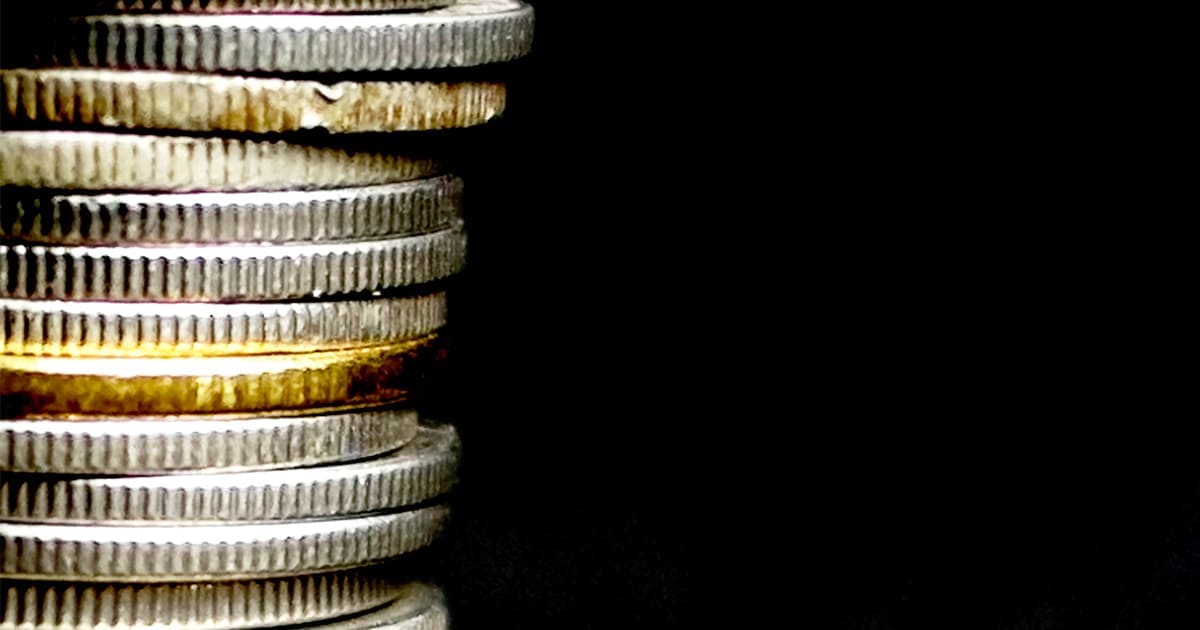
Celebrating 150 Years Since Lynchburg’s Incorporation
The city of Lynchburg, Virginia was due to celebrate the 150th anniversary of its incorporation in 1936. The US Senator from Virginia, Carter Glass, sponsored the legislation for the coin. Due to his powerful standing in Congress, the legislation easily passed both Houses. The bill was signed into law by President Franklin Roosevelt and the approved legislation mandated a minimum of 20,000 coins to be struck.
The Lynchburg Sesqui-Centennial Association was formed to determine the appearance of the coin, locate a designer and manage the sale of the coin and ensure that the profits would be used for defraying the costs of the celebrations.
The Commission of Fine Arts suggested to the Lynchburg Sesqui-Centennial Association that the coin should honor John Lynch, the founder of Lynchburg. But no known portrait existed of him. The Association decided that Senator Carter Glass should adorn the coin. Glass objected but when no suitable replacement was found, the coin went forward with a depiction of Glass, the third living person to be represented on US coinage and the first to appear alone on the coin.
The association selected Charles Keck, a well-known artist, and successful designer of several prior commemorative coins, to develop the designs. Keck created a portrait, in profile, of Senator Glass, facing left on the obverse of the coin. Around the top periphery of the coin was “UNITED STATES OF AMERICA” and on the bottom periphery was “CARTER GLASS”. In front of Glass was the word “LIBERTY” and behind his portrait were the words “IN GOD WE TRUST.”
The reverse of the coin depicted the Goddess Liberty, with her arms outstretched in a welcome pose. The Old Lynchburg Courthouse was in the background and around the periphery were “LYNCHBURG VIRGINIA SESQUI-CENTENNIAL” and the denomination “HALF DOLLAR”. “E PLURIBUS UNUM” is to the left of Liberty and the anniversary dates “1786” and “1936” are separated by her.

In September 1936, the Philadelphia Mint struck 20,000 Lynchburg half dollars, plus 13 additional coins that would be assayed. These coins quickly sold as the Commission decided not to raise prices as other committees did.
The total number of coins that could be purchased was also limited to ten coins to limit speculation. Once 15,000 coins had been sold via mail to local residents and to the public, the remaining 5,000 coins were sold locally so residents could acquire a coin. A number of coins were put aside for direct sale at the celebrations in mid-October, where they sold very well.
The coins that were sold through the mail, were delivered in 5 coin cardboard holders. This particular commemorative coin was another of the issues where the principals were motivated by good. There was no greed and there were no complaints about coin dealers controlling the entire issue. These coins, in the cardboard holder, can acquire what is known as “tab toning” from long-term storage in these holders.

| Date | Type | Mintage | AU Value | UNC Value |
| 1936 | Lynchburg Sesquicentennial | 20,013 | $225 | $375 |
Expand your collection today and shop for a 1936 Lynchburg Sesquicentennial Half MS-64 PCGS.





